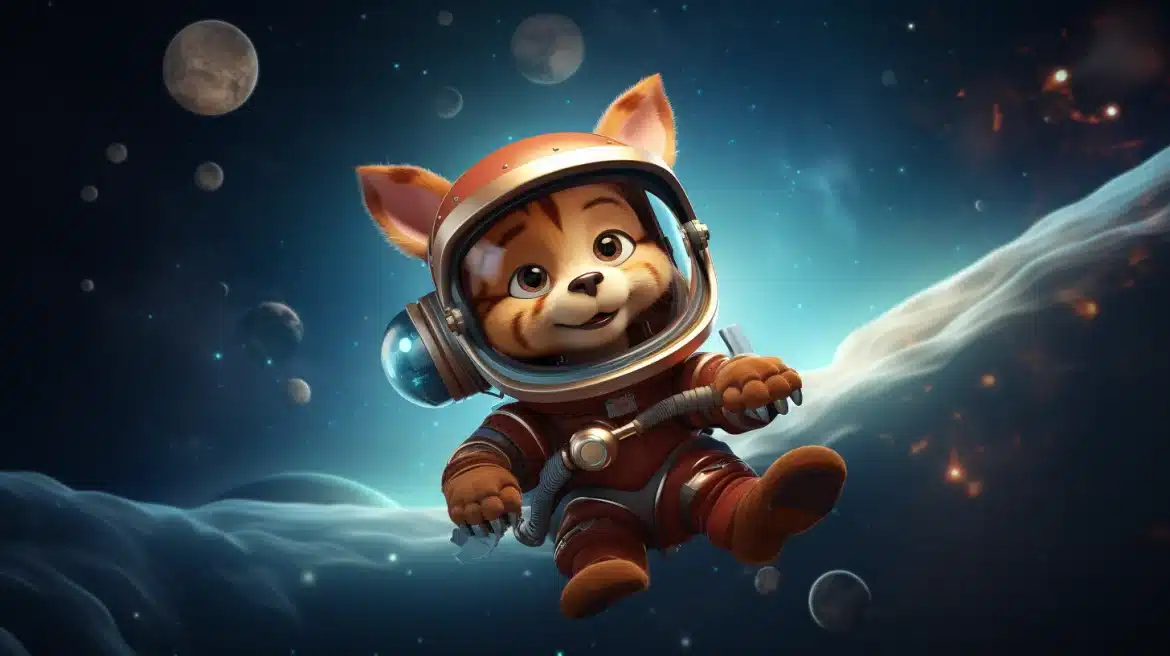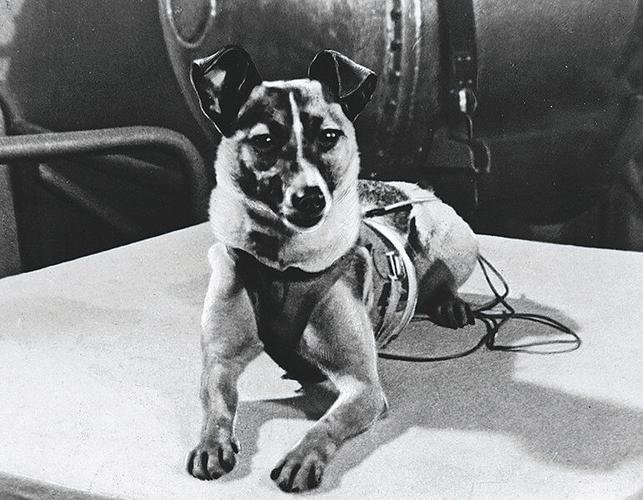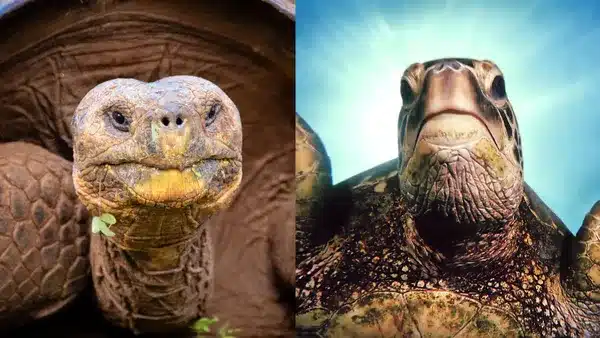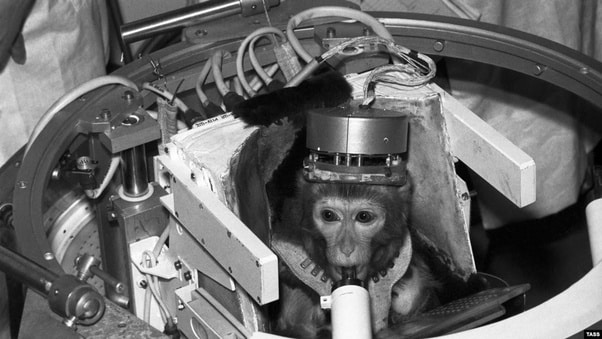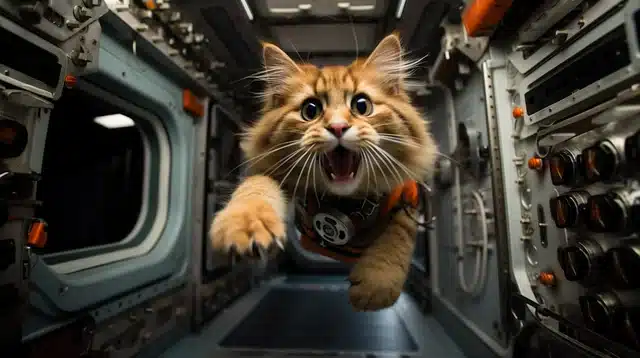Space exploration has always been a fascinating prospect for all of humankind. Not only have we come a long way from envisaging the outer realms of the universe, but we have also succeeded in putting a man on the moon.
It’s pretty natural to wonder where it all started. Surprisingly, the first animal to go to space was an animal with f, fruitflies. After that, different countries kept experimenting with various animals and discovering the consequences.
Read on to learn more about the animals who went to space and completed orbits!
The First Animal That Went to Space
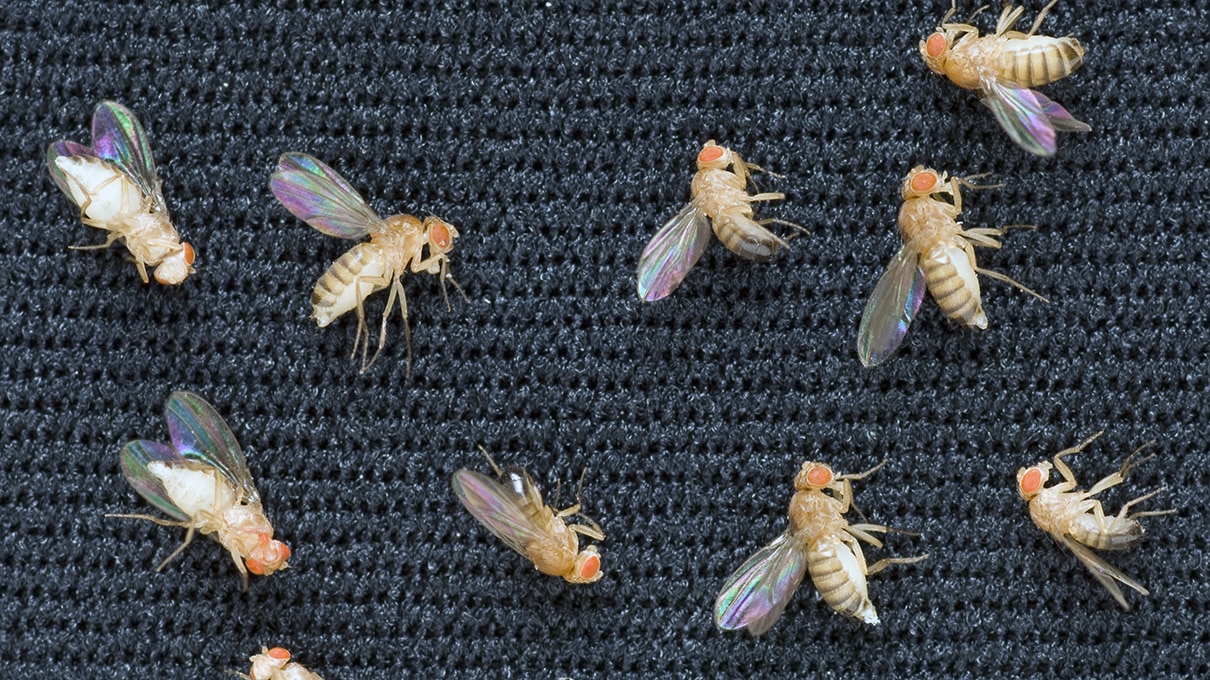
The first animals sent to space were fruitflies on a V2 rocket on February 20, 1947. These tiny animals were launched from the White Sands Missile Range in New Mexico as a part of NASA’s research mission.
An altitude of 100km or 66 miles is considered the limit for space. Since the fruitflies touched the 67miles mark, they successfully entered space.
The genetic makeup of fruitflies is considered to be considerably close to that of humans, which allowed scientists to assess the reactions of fruitflies accurately.
The effects of cosmic radiation on living beings or organic matter were examined through the trajectory of the fruitflies’ journey. Since there were close to negligible effects, this research journey led the way to future exploration involving humans.
The First Animal To Orbit The Earth
Laika, a part-Samoyed terrier living as a stray in Moscow, was the first animal to orbit the Earth. Scientists of the Soviet Union theorized that stray animals would have higher resistance to cold, heat, hunger, or other extreme conditions they may have to endure in space.
After an abundant and stringent training period for several strays, Laika was chosen because of her calm attitude. Finally, she was launched in the spacecraft Sputnik 2 on November 3, 1957, with numerous devices, like an oxygen generator, a heat-activated fan, and a food capsule, that would help her stay alive.
Laika’s death has been a subject of speculation for several decades because of conflicting reasons. Some accounts say that she died because of a lack of oxygen, whereas others state that she was purposefully put to sleep.
The most recent one says that she passed away due to the spacecraft’s inadequate capability to control temperature zones within.
A monument to remember Laika was installed outside Star City in 2008. It is a military facility in Russia where she underwent training sessions for her space odyssey. Although she didn’t survive the trip, Laika paved the way for innovative research and practical experimentation in space science.
First Animal to Orbit the Moon
The first animals to touch space were fruitflies, whereas the one to orbit Earth was a dog. Moving to the contrast, tortoises were the first animals to orbit the moon!
In a space mission conducted by the Soviet Union, two tortoises were launched in the spacecraft Zond 5 on September 15, 1968. They also had plants, seeds, and bacteria for the company.
They completed their orbit around the moon and re-entered the Earth’s atmosphere in seven days. Fortunately, they survived the trip.
Other Animals Who Went to Space
Besides Laika, fruitflies, and the two tortoises, several other animals have been sent to space for exploration and research. Here’s a list of all these animals who visited the outer bounds of Earth’s atmosphere.
- Monkeys & Apes: 32 monkeys and apes have been launched into space. These include chimpanzees, rhesus, pig-tailed, cynomolgus, and squirrel-tailed monkeys. The first flight of a monkey was in 1949.
- Mice: Rodents have always proven reliable when conducting experiments that are conclusive for humans. The first mouse was launched in 1950 and touched an altitude of 137km.
- Frogs: The giant leap for mankind was preceded by an amphibian’s leap to the starry skies! The effect of motion-sickness and anti-gravity areas was studied through the journey of frogs over 10-15 years.
- Spiders: Anita and Arabella were two garden spiders launched into space in 1973 to determine if they could also weave their webs. Spoiler Alert: They could!
- Fish: Back in 1973, NASA launched fish into space to analyze the effects of microgravity on animals that experienced three-dimensional movement on Earth. But the fish moved in loops repeatedly.
Why Do We Send Animals Into Space?
The most significant reason for sending animals into space is to analyze the effects and determine how the same consequences would be observed in humans.
Most importantly, cosmic radiation, anti-gravity, weightlessness, and similar phenomena were observed. It helps determine the errors and shortcomings in our space missions so we can amend them for the next project.
Also, since animals have a smaller life span, studying their entire life trajectory becomes easier.
Final Words
Space exploration has always been a fascinating arena for humans since time immemorial. As we advanced in the space race, our desire to learn more about the effects of conditions in space on living beings and organic matter grew.
Other than microorganisms and bacteria, the first living things to go to space were fruitflies, followed by dogs, monkeys, frogs, spiders, and more. Thanks to these smart animals’ contribution, we have put a man on the moon!

